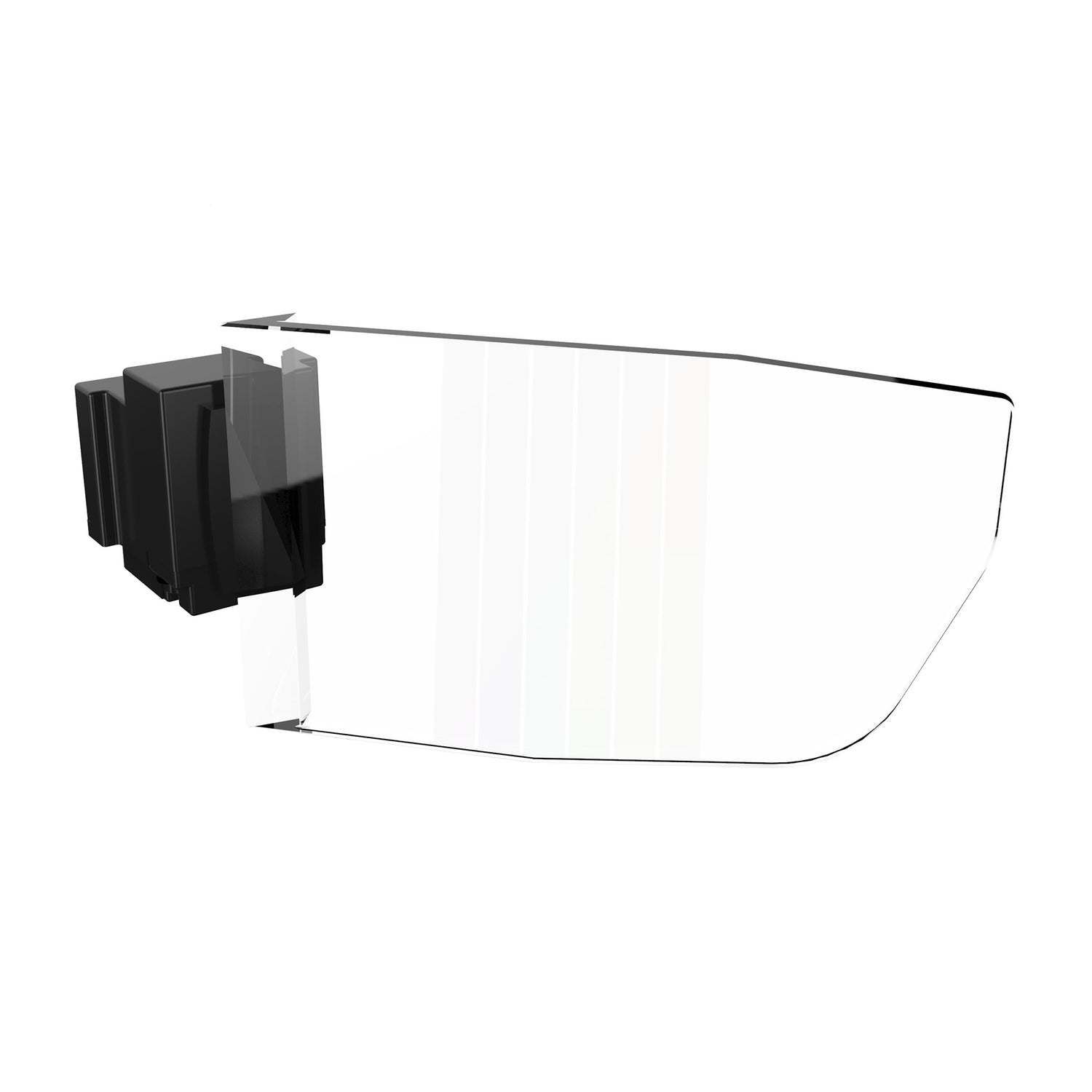Qualcomm has officially released the snapdragon XR2 chip, the first XR chip to support 5G. Can be used for augmented reality (AR), virtual reality (VR), mixed reality (MR). The snapdragon XR2 supports a seven-channel parallel camera and has a dedicated computer vision processor. Compared with the previous generation of XR chip, its CPU and GPU performance has been improved by 2 times, the video bandwidth has been improved by 4 times, the resolution has been improved by 6 times, and the AI performance has been improved by 11 times.
The seven parallel cameras support highly accurate real-time tracking of the user's head, lips and eyeballs, as well as 26 points of hand bone tracking. Computer vision provides efficient scene understanding and 3D reconstruction. Create a new virtual environment for users.
In terms of specific visual effects, XR2 supports a single-eye 90fps 3K resolution, and supports local playback of 4K 120fps and 8K 60fps 360° video, thus providing users with extremely realistic visual effects and immersive experience. At the same time, qualcomm specially developed custom chips to reduce the overall system delay.

On the audio side, the snapdragon XR2 includes a custom, alway on, low-power Qualcomm® Hexagon™ DSP that supports hardware acceleration features such as voice activation and scene detection, allowing users to immerse themselves in the digital world while also being able to hear the sounds of the real world.
With 5G support, XR2 can have very low latency and very high data rates.In the future, qualcomm believes that 5G can create a lifelike, high-quality experience by supporting discrete processing between terminals and edge clouds, thus getting rid of any cable or space to achieve a truly unfettered XR.

